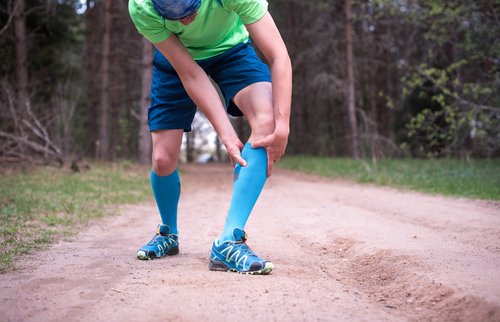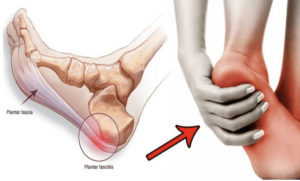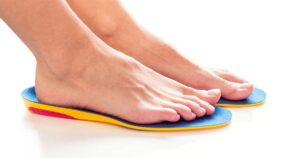Are you suffering from shin splints and dealing with significant pain in your lower legs? What do you do to treat shin splints and keep it from reoccurring? The said condition is uncomfortable, take a long time to heal and keep one from their daily routines which make it a nightmare for any serious athlete.
In this piece, we will take a look at what you can do for shin splints and keep the problem from reoccurring. More importantly, we will tackle its’ causes and symptoms. Only then you will find yourself in the best position to get the help and treatment you need.
So what are the signs and symptoms of shin splints?
Of course, having pain or discomfort in the lower leg does not necessarily mean you have shin splints. So how do you know if you are experiencing the said problem? Diagnosing Medial Tibial Stress Syndrome (the medical term for shin splints) is a relatively uncomplicated process. Athletes like runners, basketball players and gymnasts are prime candidates for getting shin splints and are most likely to experience it over the course of their career.
If you workout regularly or take part in any of the activities mentioned above, the following symptoms indicate that you may have shin splints:
- Tenderness and discomfort around the outer/front part of your lower leg (anterior shin splints)
- Pain on the back/inside portion of the lower leg (posterior medial shin splints)
- Swelling of your lower leg
- The discomfort of the bone connecting your knee to your ankle bones (tibia)
- Increased pain when running on rough and uneven surfaces
- Increased pain when jumping, changing directions or working on inclined surface areas, for example when you go up or down hill
- Pain at the start of your workout which subsides, but then returns when you stop
Shin splint prevention and treatment
So let us say you have determined that you indeed have shin splint – what can you do about it? Well, doctors often describe the supposed problem as a foot injury due to overexertion. Thus a cold compress, getting plenty of rest and anti-inflammatory medications is often enough to alleviate the problem. It is not to say that you may have to give up on your athletic career – never. However, limiting your exercises and taking some time off is just as important for progress.
Shin splint strength training and orthopaedics
Have you found that shin splint is a persistent and recurring problem that gets in the way of your endeavours? Don’t fret; doctors can recommend wearing compression covers and prescribe custom-made orthopaedics that you can use when doing any strenuous activity that puts pressure on your lower leg.
Also, you can partake in strength developing workout to make your lower leg more resistant to shin splints. Such exercises are helpful especially if you experience an imbalance between the anterior and posterior muscles of your leg.
Extreme pain and swelling because of shin splint are symptoms worthy of the immediate attention of a skilled physician. If the pain persists after each and every workout, customising your exercise regular or making other changes may be required. We at “Modpod Sports Podiatry” can help you do just that! Call us today on 1300 809 874.



